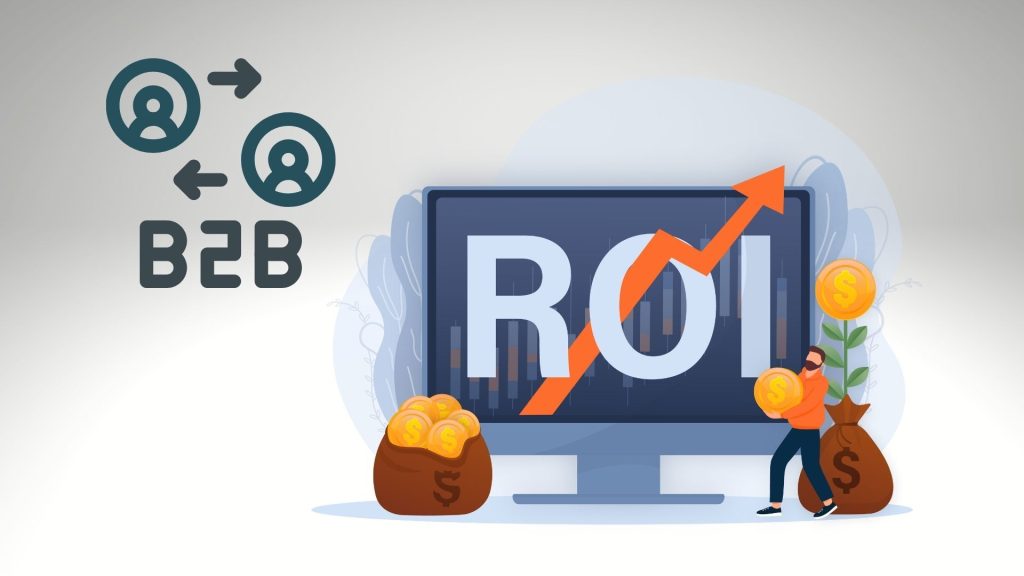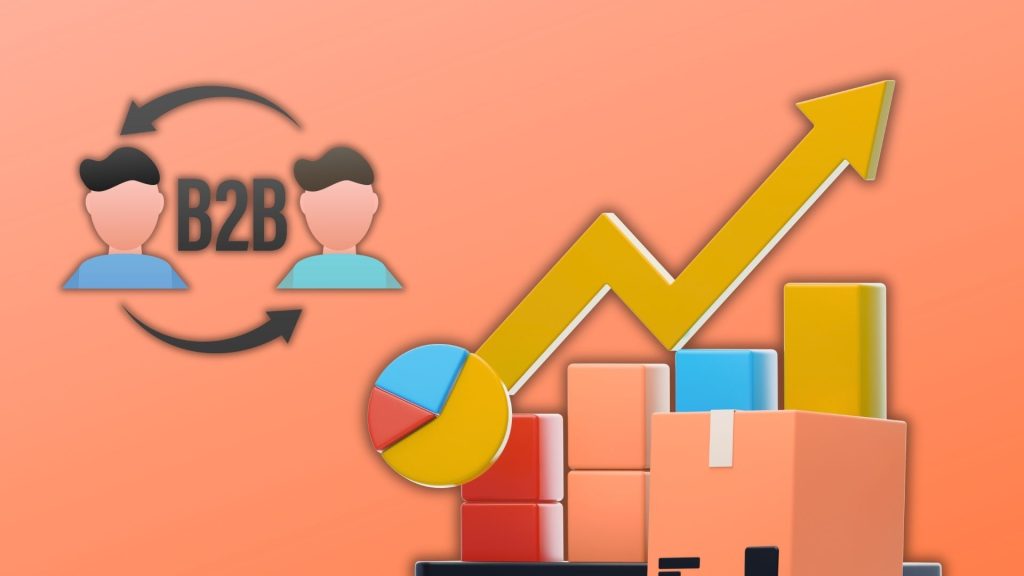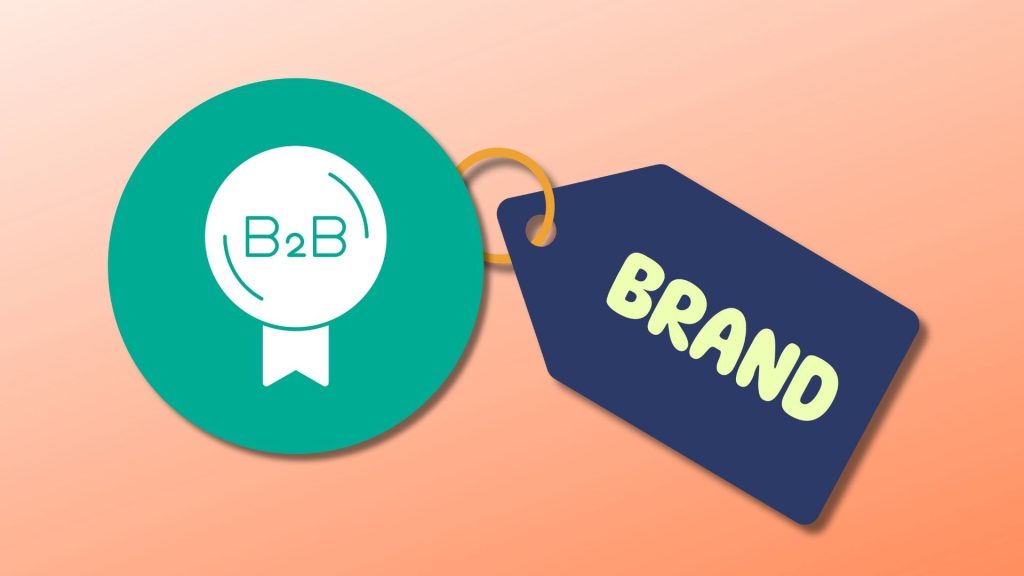Most Important B2B Marketing Metrics & KPIs
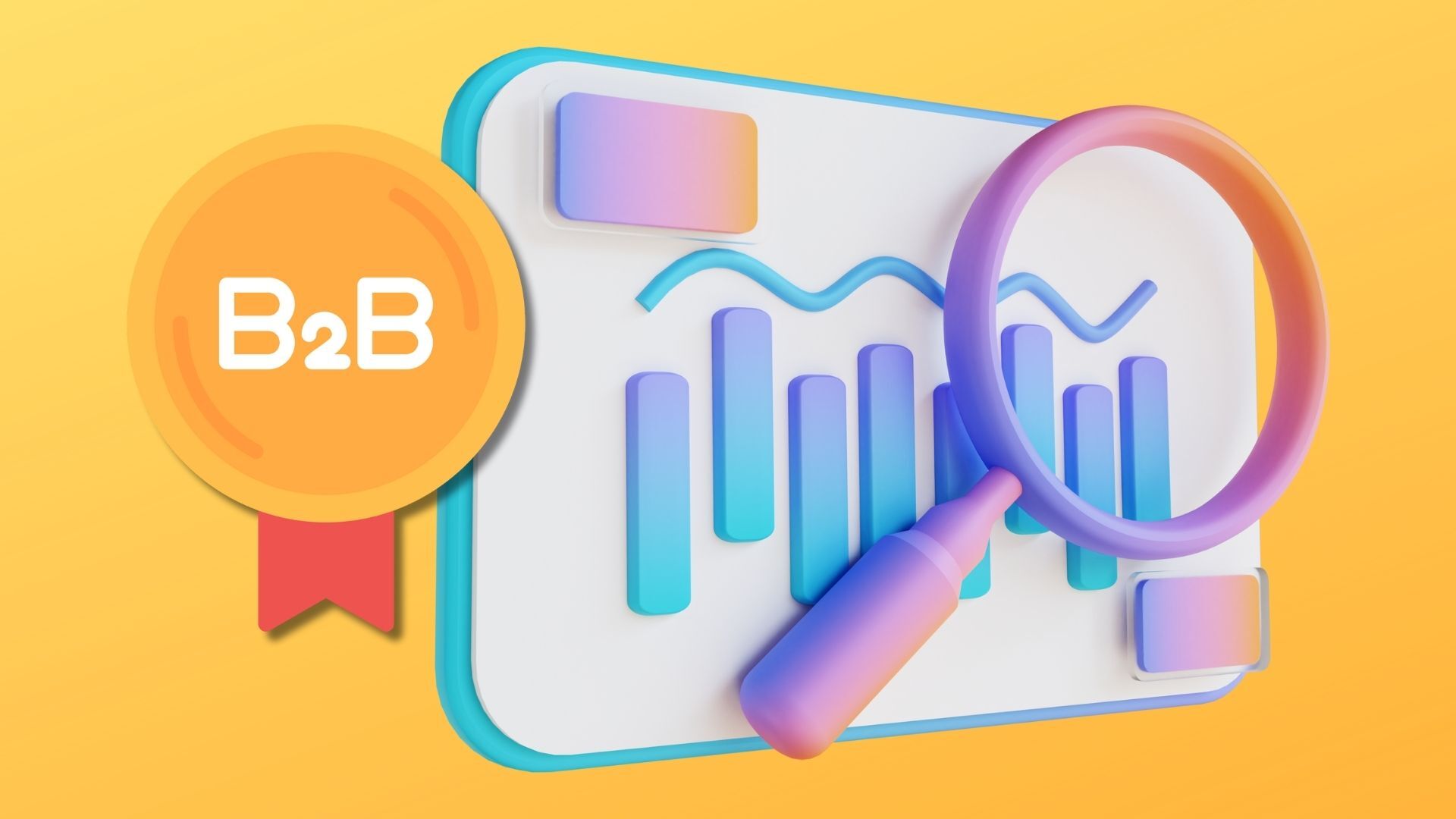
B2B marketing is more data-driven than ever, but proving impact remains a challenge. Long sales cycles, multiple decision-makers, and complex buyer journeys make it difficult to tie campaigns directly to revenue. As digital marketing plays a bigger role in these journeys, teams must track the right KPIs to connect efforts with measurable outcomes. These indicators show whether campaigns are generating qualified leads, supporting pipeline growth, and driving ROI.
In this article, we break down the key B2B Digital Engagement metrics by activity and explain how each one connects performance to business outcomes.
Key Takeaway:
The most important B2B marketing KPIs include Marketing Qualified Leads (MQLs), Sales Qualified Leads (SQLs), Customer Acquisition Cost (CAC), Return on Marketing Investment (ROMI), Customer Retention Rate, and Campaign-Attributed Revenue. Tracking these KPIs ensures marketing efforts are tied to lead quality, pipeline contribution, and measurable revenue impact.
Understanding B2B Marketing Metrics and KPIs
Before reviewing specific metrics, it’s important to clarify what B2B marketing and KPIs mean in practice.
B2B marketing covers the strategies used to reach and influence business buyers, often across long sales cycles, multiple decision-makers, and high-value deals. Common activities include content campaigns, lead generation, account-based marketing, and sales enablement.
Key Performance Indicators (KPIs) are the measurable outcomes that show whether those activities are meeting defined objectives. Unlike basic activity metrics, KPIs focus on business impact, such as lead quality, pipeline contribution, or customer retention. Choosing the right KPIs ensures efforts are tied to revenue goals rather than vanity numbers like clicks or impressions.
In short, B2B marketing defines the work, while KPIs confirm its effectiveness in driving growth.
Lead Generation: KPIs That Measure Top-of-Funnel Efficiency
The first responsibility of B2B marketing is to generate interest and convert it into potential leads. Measuring this effectively requires looking at both metrics that track activity and KPIs that confirm whether those leads are valuable.
Lead Generation Metrics (activity level):
- Visitor-to-Lead Conversion Rate: Shows the percentage of website visitors who complete a form or sign up, useful for assessing landing page and content performance.
- Cost Per Lead (CPL): Calculates the average spend required to acquire a lead, helping you evaluate efficiency across different channels.
Lead Generation KPIs (impact level):
- Marketing Qualified Leads (MQLs): Prospects who demonstrate meaningful engagement, such as downloading content or attending a webinar, and are more likely to progress in the funnel.
- Lead-to-Customer Conversion Rate: Indicates how effectively marketing-generated leads turn into paying customers, showing true contribution to revenue.
By tracking both metrics and KPIs, teams can distinguish between campaigns that generate volume and those that generate quality, ensuring resources are focused on filling the pipeline with sales-ready prospects.
Sales Enablement: KPIs That Measure Lead Quality and Progression
Once leads are generated, they must be qualified and passed to sales. The handoff between marketing and sales is one of the most critical stages in the B2B buyer journey. Tracking the right indicators ensures that the campaign isn’t just creating leads, but enabling revenue growth.
Sales Enablement Metrics (activity level):
- MQL-to-SQL Conversion Rate: Shows the percentage of qualified leads that meet sales criteria, directly reflecting lead quality.
- Pipeline Velocity: Measures how quickly opportunities move through the funnel. It factors in deal size, conversion rate, and sales cycle length, making it a useful diagnostic metric for both marketing and sales.
Sales Enablement KPIs (impact level):
- Sales Qualified Leads (SQLs): Leads validated by sales as ready for direct engagement. This is the clearest indicator that marketing is driving high-quality demand.
- Opportunity-to-Close Ratio: Tracks how many qualified opportunities convert into customers, showing the effectiveness of both lead quality and sales execution.
Together, these metrics and KPIs reveal how well marketing and sales are aligned. High conversion rates and efficient pipeline movement signal that both teams are working in sync to turn demand into revenue.
Revenue Growth: KPIs That Measure Marketing’s Financial Impact
At the executive level, marketing is judged on its contribution to business growth. These financial indicators demonstrate whether investments in campaigns and programs are translating into sustainable returns.
Financial Metrics (activity level):
- Customer Acquisition Cost (CAC): The average cost of acquiring a new customer, factoring in both marketing and sales expenses. It highlights the efficiency of your growth efforts.
- Customer Lifetime Value (CLV): The projected revenue a customer will generate over their relationship with your company. Comparing CLV to CAC reveals whether acquisition costs are justified.
Financial KPIs (impact level):
- Return on Marketing Investment (ROMI): Shows how much revenue is generated for every dollar spent on marketing, providing a clear view of its efficiency and effectiveness.
- Attributed Sales Revenue: The portion of closed revenue directly tied to marketing activity, whether through first-touch, last-touch, or multi-touch attribution models.
By tracking both metrics and KPIs, marketing experts can prove not just short-term campaign returns, but also long-term profitability. This enables stronger budget justification and demonstrates marketing’s role as a driver of sustainable business growth.
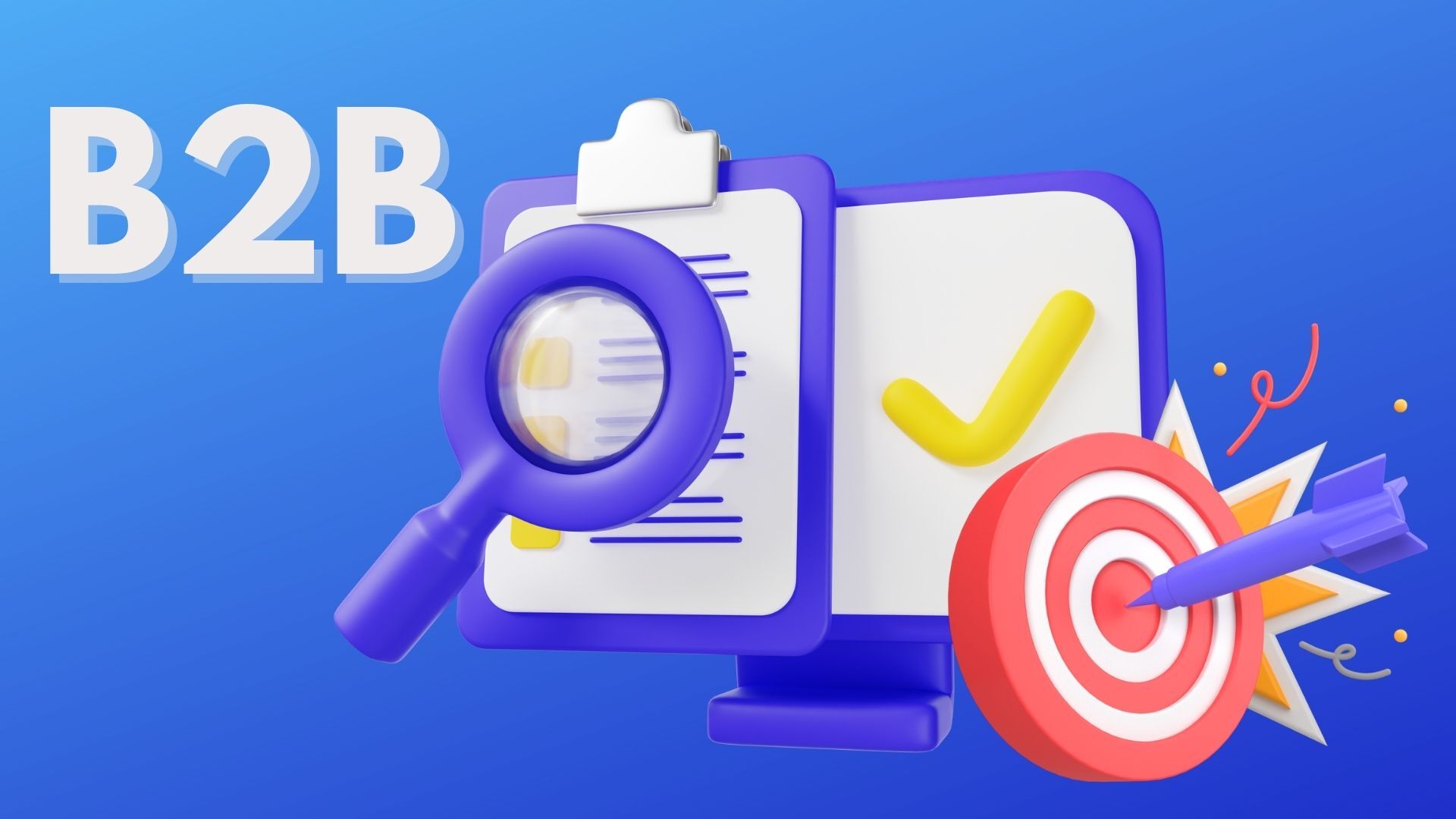
Customer Engagement & Retention: KPIs That Measure Post-Sale Impact
In B2B, the sale is only the beginning of the relationship. Marketing continues to play a vital role in keeping customers engaged, building loyalty, and uncovering upsell or renewal opportunities.
Engagement & Retention Metrics (activity level):
- Engagement Rate: Tracks how existing customers interact with your content, events, or platforms. In B2B, meaningful engagement often includes webinar participation, product usage, or account activity, not just email clicks.
- Churn Rate: The percentage of customers lost over a given period. Monitoring churn alongside retention provides a clearer picture of account health.
Engagement & Retention KPIs (impact level):
- Customer Retention Rate: Shows the percentage of customers who remain with your company over time, a direct measure of long-term satisfaction and value delivery.
- Net Promoter Score (NPS): Captures customer loyalty and advocacy by asking how likely clients are to recommend your brand. High NPS often signals a stronger potential for referrals and upsells.
By balancing activity metrics with outcome-focused KPIs, marketers can demonstrate how their efforts contribute to customer loyalty, revenue stability, and account expansion, key drivers of long-term growth in B2B markets.
Content & Campaign Effectiveness: KPIs That Reveal What Drives Results
Content and campaigns fuel demand generation in B2B, but their impact can be difficult to measure without the right tracking. Distinguishing between activity metrics and true performance KPIs ensures resources are invested where they create the most value.
Content & Campaign Metrics (activity level):
- Content Engagement: Measures how audiences interact with assets. For B2B, meaningful signals go beyond time on page, such as whitepaper downloads, webinar attendance, or case study views.
- Attribution Modeling: Identifies which touchpoints contribute to conversions. First-touch and last-touch models provide limited insight, while multi-touch models are best suited for B2B’s complex buyer journeys.
Content & Campaign KPIs (impact level):
- Campaign-Attributed Revenue: Shows the amount of closed revenue linked to a specific campaign, validating its financial contribution.
- Influenced Pipeline: Captures the total pipeline value connected to a campaign or asset, providing visibility into long-term deal impact.
By tracking these metrics and KPIs together, marketers gain a clearer view of which campaigns drive qualified demand and revenue, enabling smarter budget allocation and long-term strategy decisions.
Content & Campaign Effectiveness: KPIs That Reveal What Drives Results
Content and campaigns fuel demand generation in B2B, but their value is often difficult to prove without the right measurement. Separating activity metrics from outcome-focused KPIs helps ensure resources go to the efforts that truly influence growth.
Content & Campaign Metrics (activity level):
- Content Engagement: Evaluates how audiences interact with marketing assets. In B2B, the strongest signals go beyond page views, such as downloading a whitepaper, attending a webinar, or reviewing a case study.
- Attribution Modeling (analytic approach): Defines how credit is assigned across touchpoints in the buyer journey. Multi-touch models are especially effective for B2B, where decisions involve long cycles and multiple stakeholders.
Content & Campaign KPIs (impact level):
- Revenue Attributed to Campaigns: The share of closed business linked to a specific marketing initiative. Depending on the attribution model, this can be first-touch, last-touch, or multi-touch.
- Influenced Opportunity Pipeline: The total value of deals that a campaign or asset has touched. As a leading indicator, it shows potential revenue contribution before opportunities are closed.
By pairing engagement data with revenue-focused KPIs, marketers gain a clear picture of which campaigns generate qualified demand and which deserve reinvestment—turning content into a measurable driver of growth.
Marketing & Sales Alignment: KPIs That Measure Collaboration
Even the strongest campaigns lose impact if marketing and sales are not aligned. Tracking alignment-focused metrics and KPIs helps ensure leads are not only generated but also acted on effectively.
Alignment Metrics (activity level):
- MQL-to-SQL Acceptance Rate: Shows the percentage of qualified leads that sales accepts. A low rate can reveal gaps in lead quality or poor definition of qualification criteria.
- Lead Response Time: Measures how quickly sales follow up on marketing-sourced leads. Faster response times typically improve conversion outcomes.
Alignment KPIs (impact level):
- Win Rate by Lead Source: Compares how often marketing-sourced opportunities close versus sales-sourced ones, indicating whether it is driving deals of equal or higher quality.
- Pipeline Contribution from Marketing: The percentage of total pipeline value influenced by marketing efforts, showing the department’s overall impact on revenue creation.
By monitoring these KPIs, companies can identify where handoffs break down, improve collaboration between teams, and maximize the return on every lead generated.
Conclusion
Effective B2B marketing isn’t defined by the number of campaigns launched or leads generated; it’s defined by measurable impact. The KPIs outlined in this guide highlight where marketing drives growth: attracting qualified leads, enabling sales, influencing revenue, retaining customers, and optimizing digital and content strategies. Yet these numbers only matter when marketing and sales are aligned, data is accurate, and KPIs are tied to clear business objectives.
Organizations that focus on outcome-driven KPIs gain more than performance visibility; they gain a framework for smarter budget allocation, better collaboration, and sustainable growth. By tracking what truly matters, like quality over volume, business outcomes over vanity metrics, B2B marketers can demonstrate their role as a strategic partner in revenue creation and long-term success.
